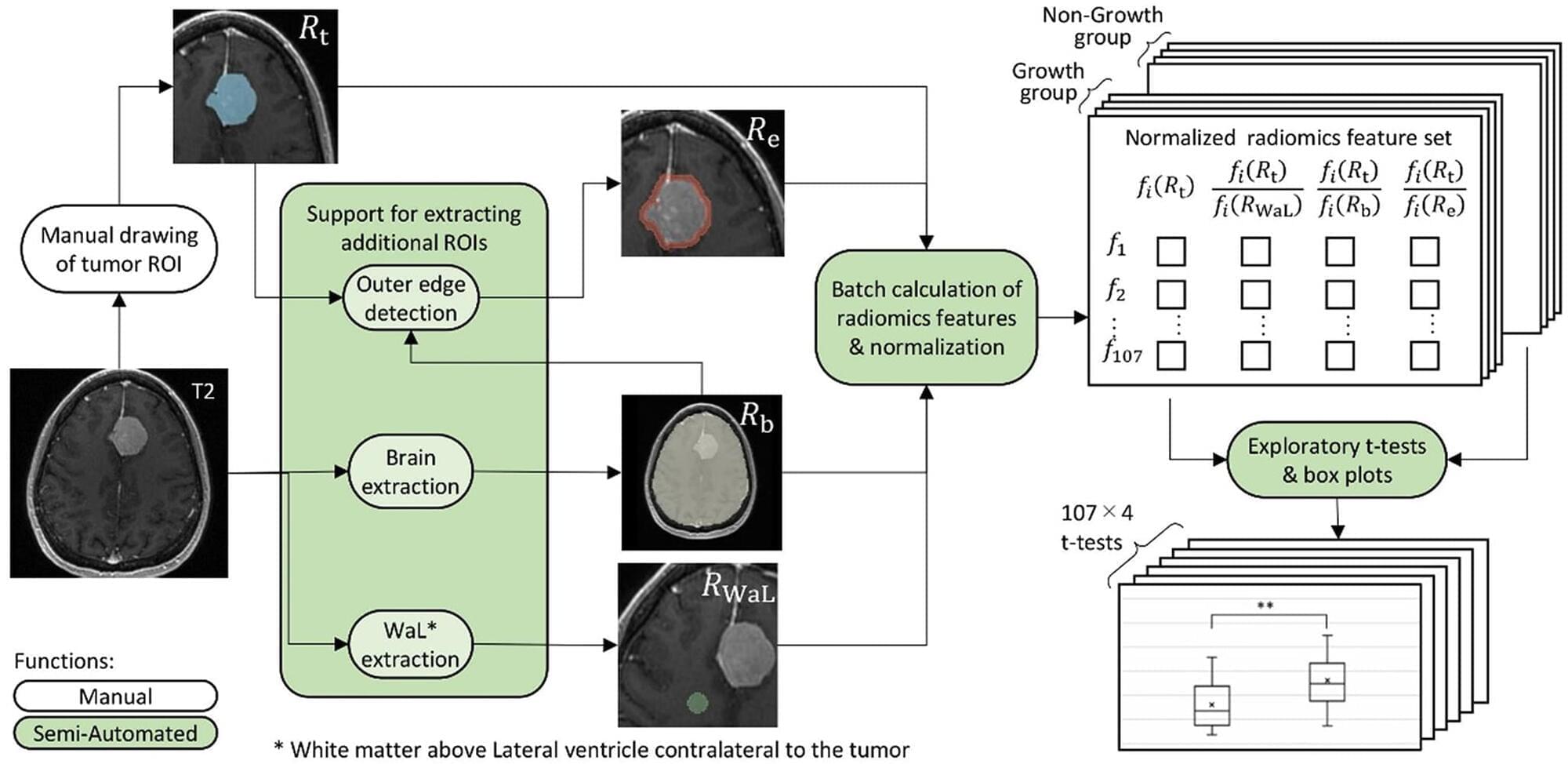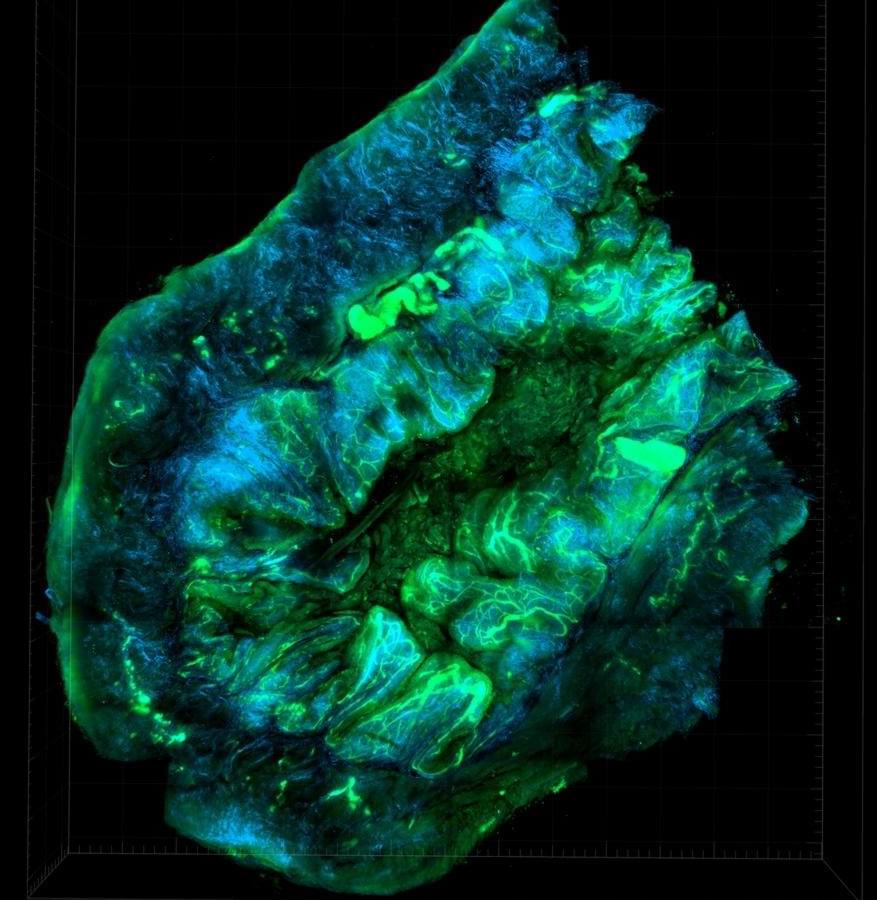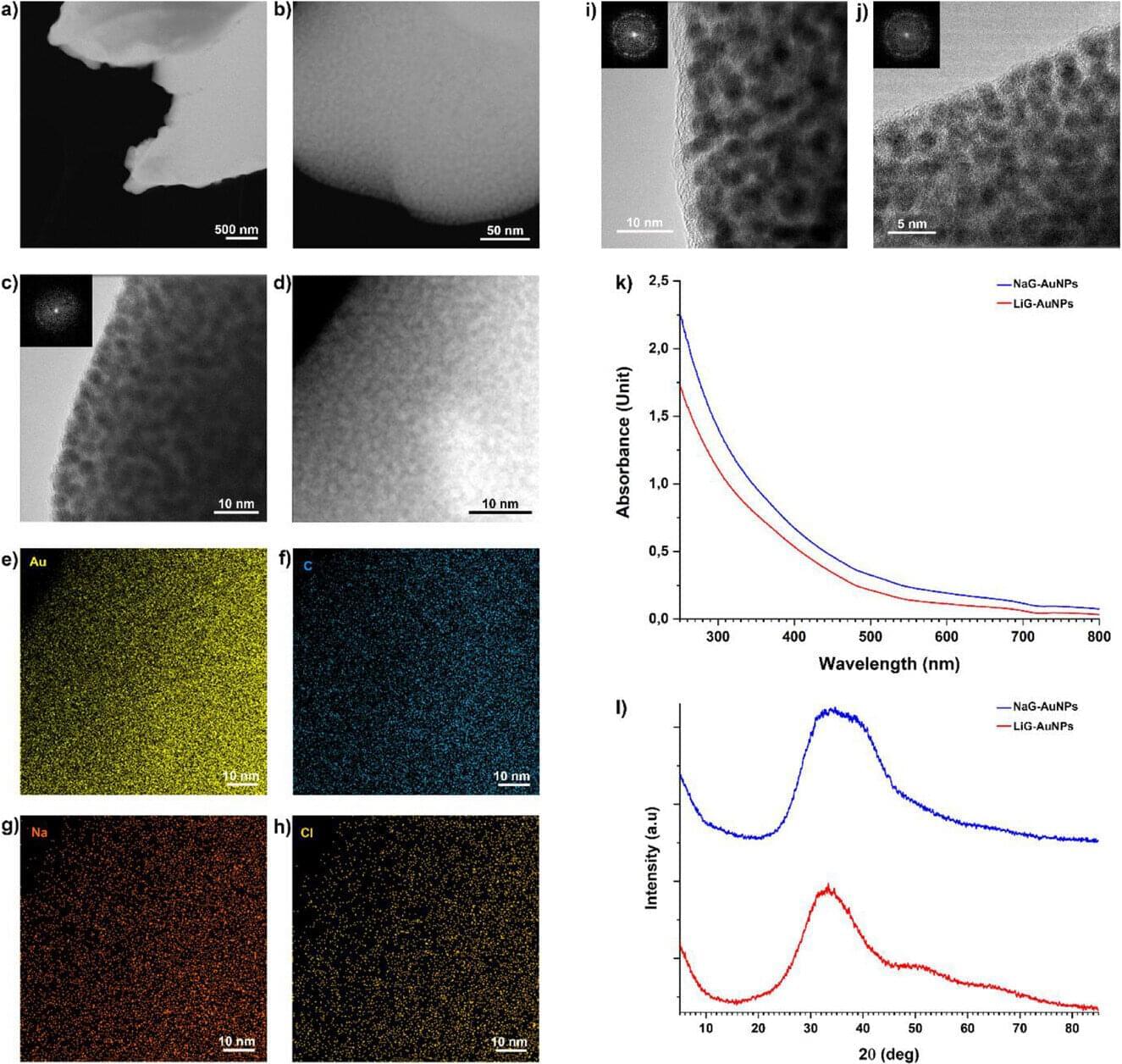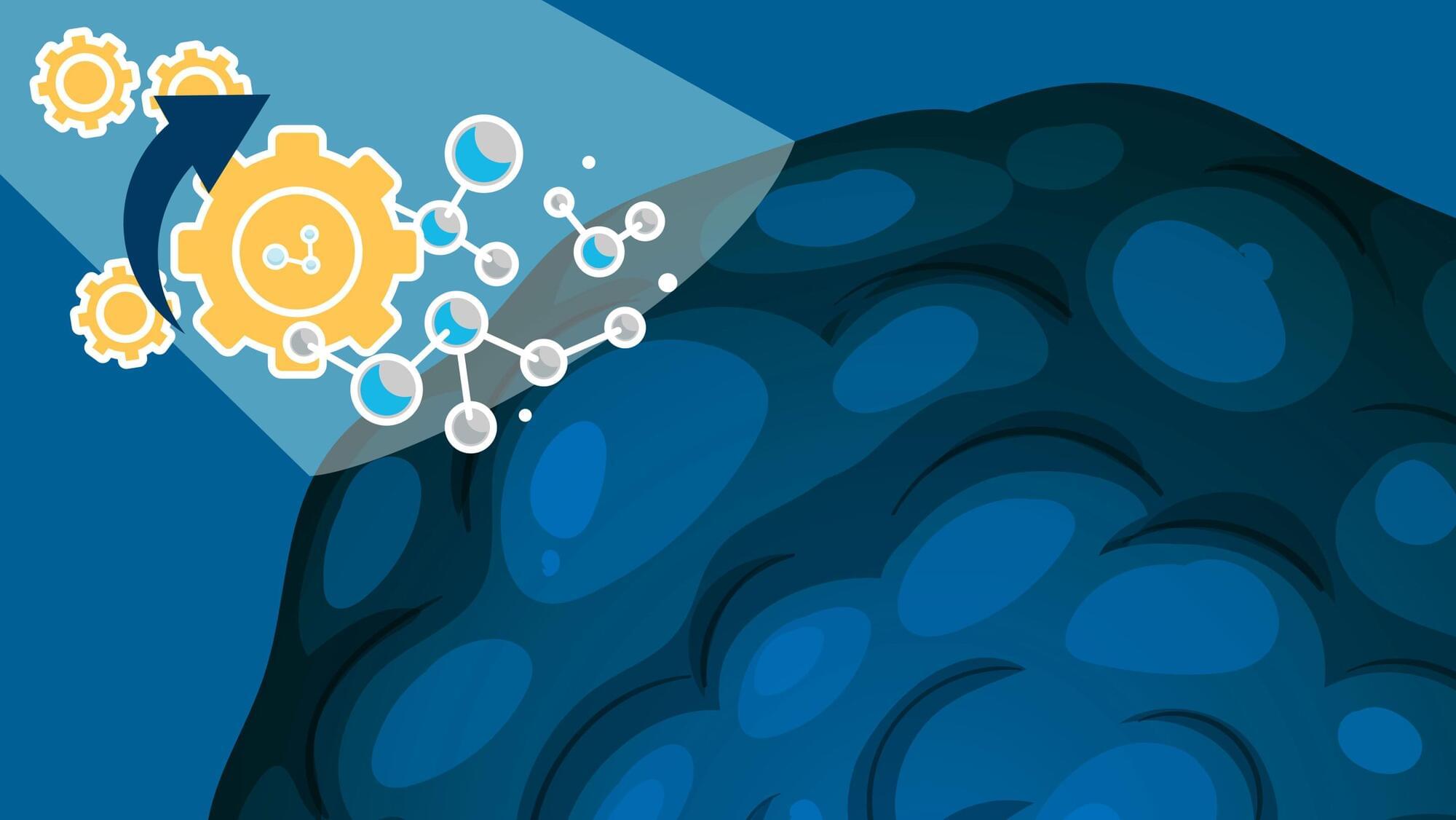A new study shows how AI models can be used to reveal information about dogs based on their barks.



Cellular senescence occurs in response to endogenous or exogenous stresses and is characterized by stable cell cycle arrest, alterations in nuclear morphology and secretion of proinflammatory factors, referred to as the senescence-associated secretory phenotype (SASP). An increase of senescent cells is associated with the development of several types of cancer and aging-related diseases. Therefore, senolytic agents that selectively remove senescent cells may offer opportunities for developing new therapeutic strategies against such cancers and aging-related diseases. This review outlines senescence inducers and the general characteristics of senescent cells. We also discuss the involvement of senescent cells in certain cancers and diseases. Finally, we describe a series of senolytic agents and their utilization in therapeutic strategies.

Predicting future tumor growth from initial imaging of incidentally discovered meningioma (IDM) could inform treatment decisions. However, most factors identified in prior studies on meningioma growth are qualitative. The aim of this study is to identify factors associated with tumor growth using quantitative radiomics features from MRI data.
MRI T2 features from initial imaging of 24 tumor growth cases were compared with those of 25 cases without growth. An in-house program was developed to reduce the time required for data analysis. This program is based on the open-source software 3D Slicer 5.6.2 and PyRadiomics 3.1.0. It enables semi-automatic batch t-test analyses for each feature to compare tumor growth and non-growth groups. Regions of interest (ROIs) were placed in the tumor, outer tumor edge, whole brain, and white matter contralateral to the tumor. A total of 107 features were analyzed across seven classifications: First Order, Shape, Gray Level Co-occurrence Matrix, Gray Level Run Length Matrix, Gray Level Size Zone Matrix, Gray Level Dependence Matrix, and Neighboring Gray Tone Difference Matrix. A t-test was used to identify significant predictors.
Ten features across five classifications showed significant differences (p 0.05): 2 First Order statistics, 2 Shape features, 4 Gy Level Co-occurrence Matrices, 1 Gy Level Size Zone Matrix, and 1 Neighboring Gray Tone Difference Matrix.


The cells in the human body are continuously challenged by a variety of genotoxic attacks. Erroneous repair of the DNA can lead to mutations and chromosomal aberrations that can alter the functions of tumor suppressor genes or oncogenes, thus causing cancer development. As a central tumor suppressor, p53 guards the genome by orchestrating a variety of DNA-damage-response (DDR) mechanisms. Already early in metazoan evolution, p53 started controlling the apoptotic demise of genomically compromised cells. p53 plays a prominent role as a facilitator of DNA repair by halting the cell cycle to allow time for the repair machineries to restore genome stability. In addition, p53 took on diverse roles to also directly impact the activity of various DNA-repair systems. It thus appears as if p53 is multitasking in providing protection from cancer development by maintaining genome stability.

Quantum networks, systems consisting of connected quantum computers, quantum sensors or other quantum devices, hold the potential of enabling faster and safer communications. The establishment of these networks relies on a quantum phenomenon known as entanglement, which entails a link between particles or systems, with the quantum state of one influencing the other even when they are far apart.
The atom-based qubits used to establish quantum networks so far operate at visible or ultraviolet wavelength, which is not ideal for the transmission of signals over long distances via optical fibers. Converting these signals to telecom-band wavelengths, however, can reduce the efficiency of communication and introduce undesirable signals that can disrupt the link between qubits.
A research team at University of Illinois at Urbana-Champaign, led by Prof. Jacob P. Covey recently realized telecom-band wavelength quantum networking using an array of ytterbium-171 atoms. Their paper, published in Nature Physics, introduces a promising approach to realize high-fidelity entanglement between atoms and optical photons generated directly in the telecommunication band.


Tiny gold particles that act as carriers for lithium can be delivered directly to the brain in the form of a nasal spray. Developed by scientists at the Università Cattolica Rome campus/Fondazione Policlinico Universitario A. Gemelli IRCCS, the new nanotechnological device can be used for the treatment and prevention of neuropsychiatric and neurodegenerative diseases.
Lithium is already in clinical use for manic-depressive syndrome, but in oral formulation it is not free of side effects. It is used to combat neuropsychiatric diseases such as bipolar disorder, neurodegenerative diseases such as Alzheimer’s disease, and brain infections such as those caused by Herpes Simplex Virus type 1, which several recent studies have linked to an increased risk of neurological diseases.
Published in the journal Advanced Materials and already patented, the idea is the result of a study that demonstrated that it is possible to directly inhibit the activity of an enzyme that plays a key role in the development of these diseases (glycogen synthase kinase-3 beta, GSK-3β) directly in the brain by using lithium delivered by intranasally administered gold nanoparticles.

Imagine tiny machines, smaller than a virus, spinning inside cancer cells and rewiring their behavior from within. No surgery, no harsh chemicals, just precision at the molecular level.
Two researchers from the Artie McFerrin Department of Chemical Engineering at Texas A&M University are investigating light-activated molecular motors—nanometer-sized machines that can apply mechanical forces from within cells to target and selectively disrupt cancerous activity.
Chemical engineering professor Dr. Jorge Seminario and postdoctoral associate Dr. Diego Galvez-Aranda have contributed to pioneering research by demonstrating a new frontier in non-invasive cancer therapies. The recently published manuscript in the Journal of the American Chemical Society continues this line of investigation.
Join us on Patreon! https://www.patreon.com/MichaelLustgartenPhD
Discount Links/Affiliates:
Blood testing (where I get the majority of my labs): https://www.ultalabtests.com/partners/michaellustgarten.
At-Home Metabolomics: https://www.iollo.com?ref=michael-lustgarten.
Use Code: CONQUERAGING At Checkout.
Clearly Filtered Water Filter: https://get.aspr.app/SHoPY
Epigenetic, Telomere Testing: https://trudiagnostic.com/?irclickid=U-s3Ii2r7xyIU-LSYLyQdQ6…M0&irgwc=1
Use Code: CONQUERAGING
NAD+ Quantification: https://www.jinfiniti.com/intracellular-nad-test/